Breaking Boundaries: A Graphic Designer's Journey into Nuclear Innovation
- NPX

- Apr 15, 2024
- 3 min read

In the world of nuclear energy, the traditional path often involves a rigorous education in nuclear engineering or a closely related field. However, Angela Martinez is proof that success in the nuclear industry doesn't necessarily hinge on a conventional background. With a fusion of graphic design and computer science skills, Martinez has emerged as an innovation catalyst, bringing fresh perspectives to the nuclear landscape.
In a recent interview, Martinez shared insights into her unique journey, shedding light on how her unconventional background has not only been transferable but also pivotal in driving change within the nuclear sector.
Education Beyond the Nuclear Realm
Martinez's journey into the nuclear industry was anything but conventional. Her educational background traces back to graphic design and computer science, a blend that might seem worlds apart from the highly technical domain of nuclear energy. "I started out as a graphic designer in the music industry while studying CS," Martinez explains. "Thanks to a past mentor, I moved from graphic to product design."

Navigating Towards Nuclear
The transition into the nuclear industry was serendipitous for Martinez. A friend's invitation to join NPX, coupled with the company's culture of inclusivity and dedication to making nuclear energy more accessible, steered Martinez towards this new frontier. "Working in clean energy is more aligned with one of my core values, which is helping people live more meaningfully," she reflects.
Translating Design into Nuclear Innovation
Martinez's background in design equips her with a unique toolkit that transcends traditional boundaries. She elaborates, "Design gives me the tools to help meet the needs of all kinds of people, whether that’s adding colour to a landing page, proposing a new tool, or creating a user-friendly app to fill out a form that was once on paper." Her expertise in design thinking and user-centric approaches offers a fresh perspective to tackle entrenched challenges within the nuclear sector.

The Intersection of Design and Nuclear Challenges
Designing within the nuclear sphere presents Martinez with a myriad of challenges and collaboration opportunities. Drawing parallels between product design and nuclear procedures, Martinez identifies key areas of overlap, including user acceptance testing, human factors, change management, automation, digital twins, and safety protocols. "What I didn’t expect was how meaningful this work would be for me – using my skills towards addressing climate change," Martinez reflects.

Lessons Learned and Moving Forward
Through her journey, Martinez has gleaned invaluable insights, chief among them being the importance of listening and adapting to the pace of change within the nuclear industry. "There is lots of resistance to change in nuclear," she acknowledges. "As a designer, it’s our core function to remain open and actively listen to what people care about right now." By aligning design interventions with user needs and industry realities, Martinez underscores the potential for meaningful innovation within the nuclear sphere.
Embracing Diversity in Nuclear
Angela Martinez's trajectory serves as a beacon of inspiration for aspiring professionals and industry veterans alike. Her story underscores the importance of diversity and inclusion in driving innovation within the nuclear sector. By embracing individuals from diverse backgrounds and skill sets, the nuclear industry can foster a culture of creativity, resilience, and adaptability necessary to navigate the challenges of tomorrow.
In essence, Angela Martinez's journey exemplifies the limitless potential that lies at the intersection of diverse talents and the nuclear industry. As we look towards the future of nuclear energy, let us heed her example, embracing diversity as a cornerstone of progress and transformation.






This was an incredibly motivating read! Angela’s path of merging design with nuclear innovation illustrates how creativity can transcend boundaries and create new possibilities in unforeseen fields. It serves as an excellent reminder of how design can powerfully influence perception and communication. Businesses aiming to enhance their brand identity can turn to LogoDesigner.qa, which provides logo design services in Doha with centered on creativity, clarity, and strategy to help brands distinguish themselves in competitive markets.